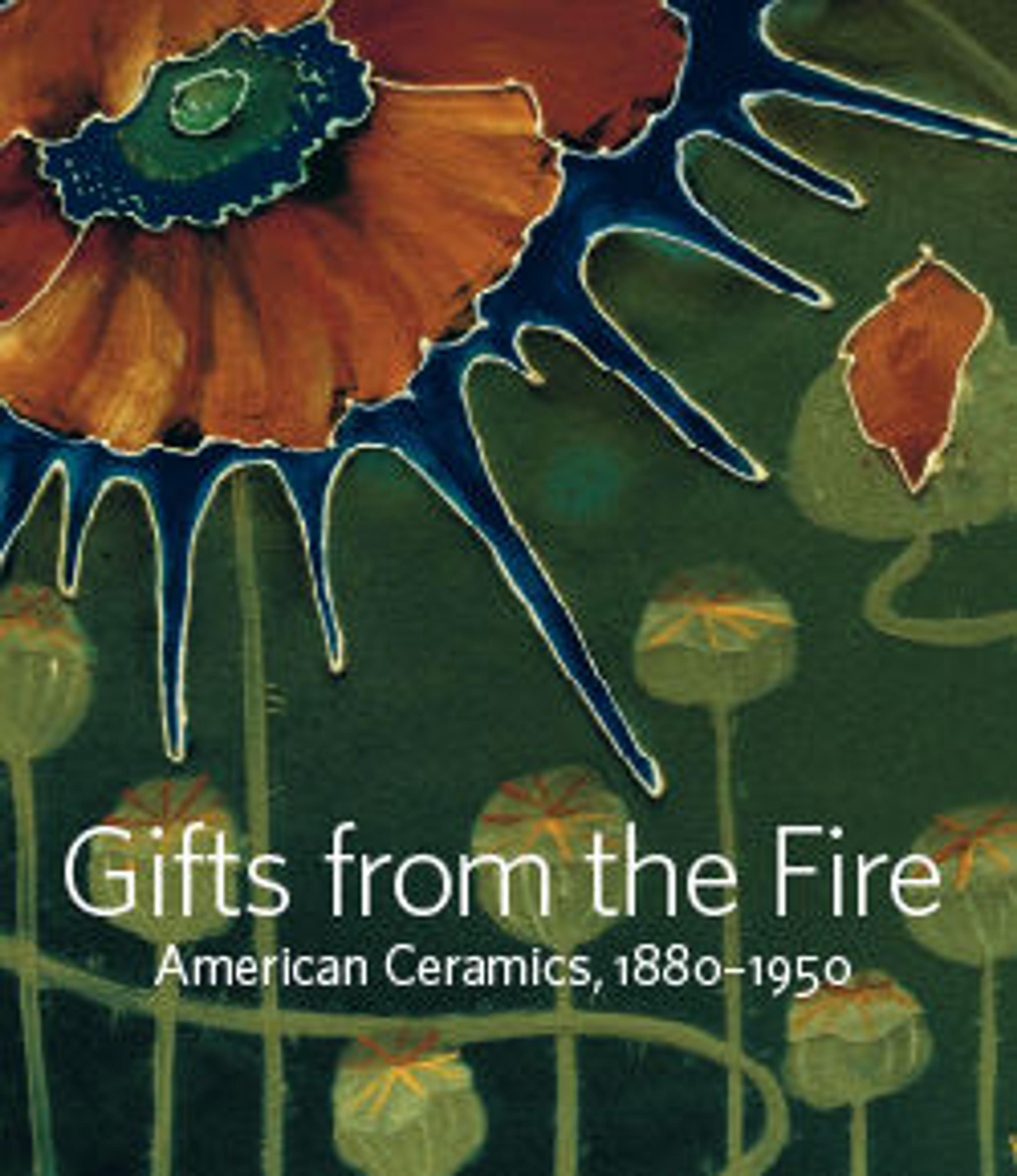Plaque with marsh scene
Louise McLaughlin was a pioneering figure in the history of American ceramics. Like many women of her time, she began her artistic career as a china painter. One of her earliest innovations was her discover of the barbotine technique in the late 1870s and early 1880s. By the mid-1880s when the vogue for barbotine ware had waned, she turned back to china painting and other artistic endeavors. McLaughlin and others were exceedingly influenced by Japanese design as the decoration on this plaque, which features three white herons landing in a marsh with cattails, sea grasses, iris, and waterlilies. These Japanese subjects, of the kind often represented in Western manuals on Japanese design, show a charming naiveté, exaggerated by the disproportion of scale of the birds and plants, as well as the awkward pose of the descending herons. In an ironic twist, McLaughlin’s mark on the reverse side imitates the celebrated cypher of crossed L’s used on eighteenth-century Sevres porcelain, except that here the letters form a monogram for “Louise” and “Laughlin.” These unlikely cross-cultural references suggest the complicated patterns of thought that then prevailed.
Artwork Details
- Title: Plaque with marsh scene
- Maker: M. Louise McLaughlin (American, Cincinnati, Ohio 1847–1939 Cincinnati, Ohio)
- Date: 1881
- Geography: Made in Cincinnati, Ohio, United States
- Culture: American
- Medium: Porcelain
- Dimensions: Dia. 10 1/2 in.
- Credit Line: Gift of Martin Eidelberg, 2020
- Object Number: 2020.64.95
- Curatorial Department: The American Wing
More Artwork
Research Resources
The Met provides unparalleled resources for research and welcomes an international community of students and scholars. The Met's Open Access API is where creators and researchers can connect to the The Met collection. Open Access data and public domain images are available for unrestricted commercial and noncommercial use without permission or fee.
To request images under copyright and other restrictions, please use this Image Request form.
Feedback
We continue to research and examine historical and cultural context for objects in The Met collection. If you have comments or questions about this object record, please contact us using the form below. The Museum looks forward to receiving your comments.
